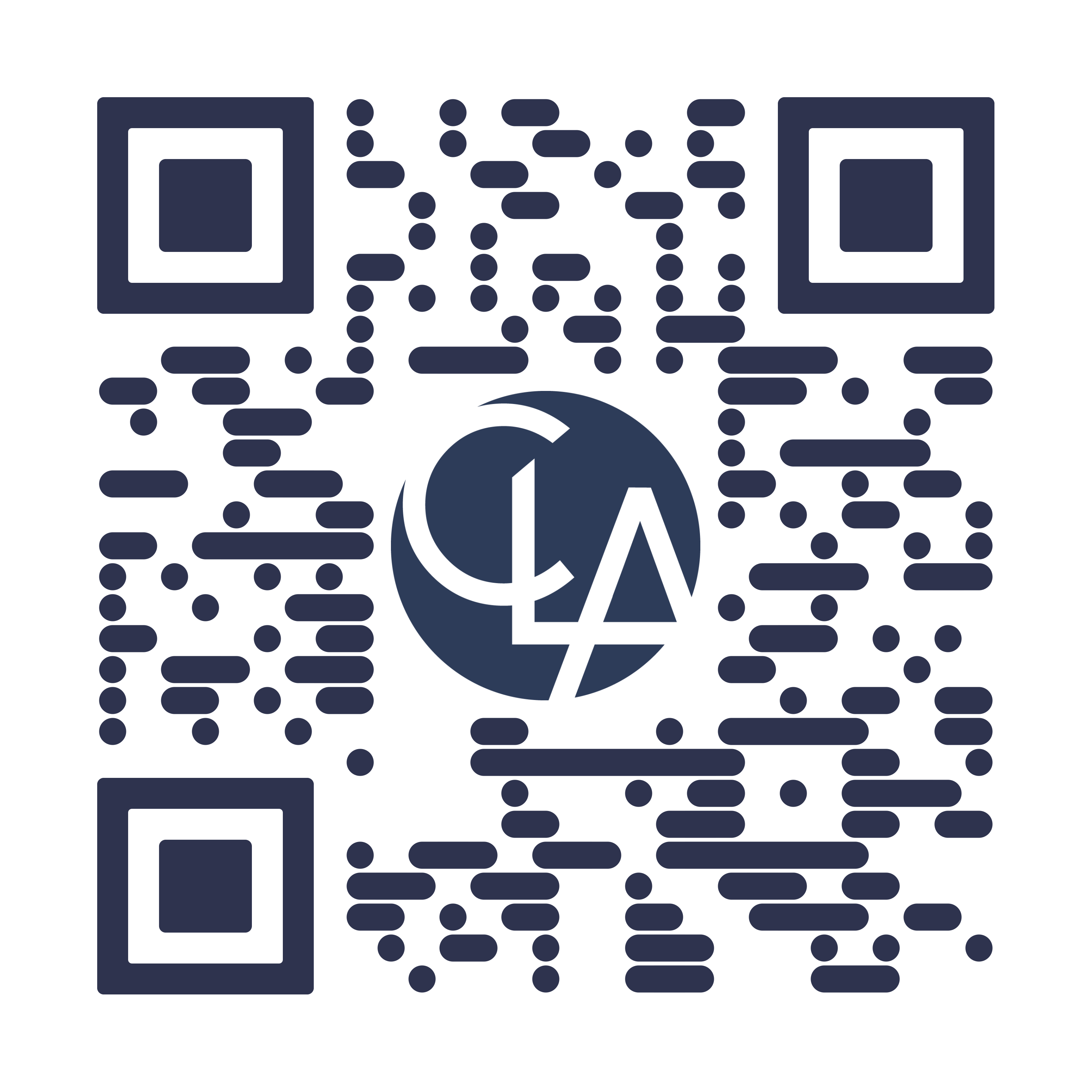Key insights
Digital transformation is a journey that can involve automated dashboard reporting, data management, predictive analytics, and more.
Start by focusing on your data to help your organization streamline operations, enhance efficiency, and scale as your business grows.
Using a dashboard for your business analytics and data visualization can give real-time insight into key performance indicators and other metrics to help you make data-driven decisions — but organizations need a well-thought-out plan.
Digital transformation — including exploring business intelligence, data engineering, and advanced analytics — can help your organization make data-driven decisions. Having a deeper understanding of your organization’s performance can bring opportunities for growth, and dashboards are a critical element.
Learn how a dashboard can help your organization move away from manual processes, harness data, and tell the story behind the numbers.
Making dashboards part of your digital transformation
Dashboard creation is often part of a larger digital initiative. And while every organization is in a different place in their digital transformation journey, it helps to have a basic understanding of what this journey can look like.
Think of digital transformation in four phases:
- Phase 1 — Disconnected data and manual processes
- Phase 2 — Automated systems for some departments and light dashboards
- Phase 3 — Automated systems for most departments with a defined source of truth for data across the organization
- Phase 4 — Integrated systems with advanced analytics where machine learning and artificial intelligence (AI) are integral to business decisions
Moving from the early stages of digital transformation to a later stage where you have integrated systems can help you improve data accuracy, streamline operations, enhance efficiency, and scale as your business grows.
Simplify and visualize data with a dashboard
Business analytics can be seen as technical and complicated — but it doesn’t need to be.
Using dashboards to visualize data is a powerful way to help you make sense of complex data sets and gain insight into your organization’s operations. A dashboard can give you a real-time view of your data, allowing you to quickly identify trends and areas that need attention. It highlights key metrics and updates in real-time, providing the pulse of organizational performance.
Create efficient dashboards with design-thinking
When developing your dashboard, follow a design-thinking process to create a road map. Rather than jumping straight to automation, get tactical — first think about what kind of data could help track success, define success, and come up with creative ways to present the story.
An efficient dashboard needs a well-thought-out plan. Consider these steps:
- Get all stakeholders in a room
- Brainstorm what they want on the dashboard
- Create a wireframe
- Send it to stakeholders for input
- Prototype the dashboard
- Stress test it to make sure all the data displays correctly
- Automate it to make it a source of truth for the business
Let’s dig deeper into a few of the crucial steps in the process.
The Digital Transformation Lifecycle
Organizations navigating digital transformation move from phase one of manual, disconnected data through the lifecycle to phase four with automated, integrated systems and dashboards that use AI and machine learning.
Dashboarding: From Ideation to Prototyping
When creating a dashboard, after the ideation and wireframing stages, a prototype is built to see the wireframe with actual data to gain a better understanding of the project and what might need to be updated.
Whiteboard
The process starts with an ideation phase. Throw out all the ideas for what stakeholders would like to see on the dashboard before focusing on what elements are important. Don’t worry about how possible it is to pull the data, just get the ideas out there. When it comes to dashboarding, there’s no one-size-fits-all solution. Get creative!
Wireframe
Once you have the core ideas, take them to a wireframe. During this process, you can even move from a physical whiteboard to create a digital drawing of the ideas using a more organized layout.
Prototype
Once you have your wireframe, prototype it. Typically, a prototype is built in a software tool, but instead of being fully automated, it’s built as a one-time historical load using your real data.
This is where you’ll learn a lot. It can be hard to picture what the wireframe will look like until you see it with your data. During this phase, stress test everything, identify data cleanup issues, and make updates. It’s also a good time to enhance business processes.
Start by identifying the gaps and cleaning up your data before automating processes.
Automate
Then, automate it — migrate the data from its current home to a centralized repository so that it becomes the source of truth for analytics and reporting. Remember, if you automate something that nobody cares about, that’s not helpful. Go slow and figure out what you want.
Production
Finally, put the dashboard into production and share it across teams. A centralized dashboard can enhance collaboration, so everyone is working toward the same goals. It’s a tool that makes reporting accessible to all.
See a revenue pipeline dashboard in action
Consider how this could work in the real world. ABC Corp., a fictional company, wants to better understand how much money the company is projected to take in next year. It has more than 30 systems that need to be integrated. The company also needs to automate their processes to save man-hours and move away from Excel for report compilation.
They want to create a dashboard to be used by the finance department, sales team, and executive leadership to track opportunities and revenue. By automating the process, they can create a revenue pipeline dashboard showing how much money the company anticipates it may earn.
But first, they needed clarity around which data is relevant for their organization to move the business forward. Following a design-thinking approach allowed ABC Corp. to decide what metrics matter to the business and then share the data in a way that they can identify trends.
Doing More With Less: Automate and Streamline Data Analysis and Reporting
We helped a client automate processes and centralize data in order to save time, reduce manual reporting, and gain clarity about which data is most important for their organization.
Connect

Gregory Chambers
Data Analyst Manager







